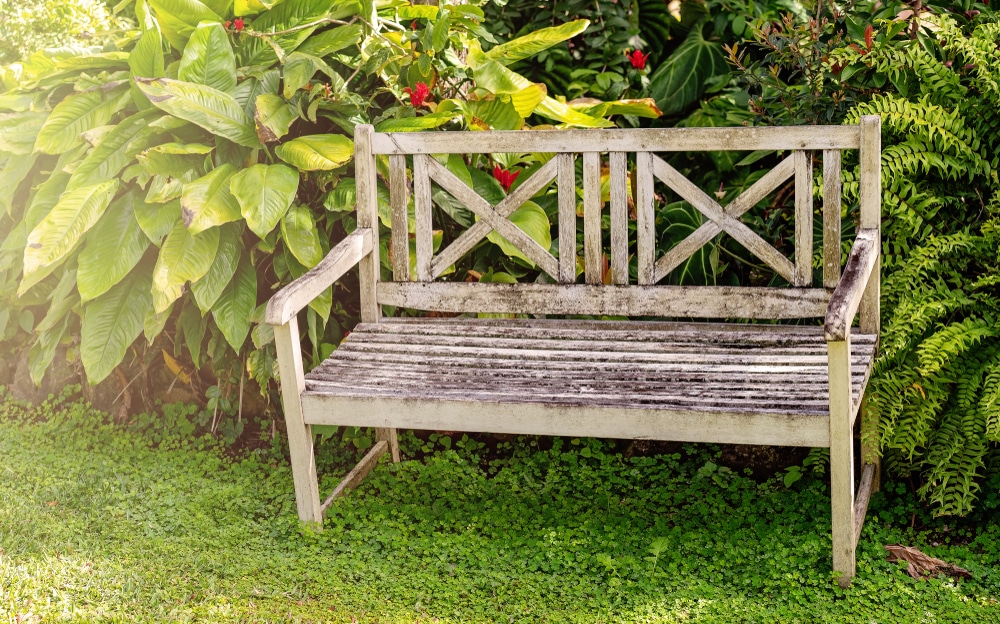Table of Contents
Wood furniture adds warmth and elegance to any home, but it can become a breeding ground for mold when exposed to moisture. it can quickly become a source of frustration and concern. Mold on wood can not only damage the furniture but also pose health risks to those around it. Whether you’re dealing with black mold on wood or simply trying to prevent mold growth in the future, this guide will walk you through the process of how to remove mold from wood furniture step-by-step. We’ll cover the necessary tools, techniques, and safety precautions to ensure you get the job done right.
Understanding the Problem: Identifying the Type of Mold
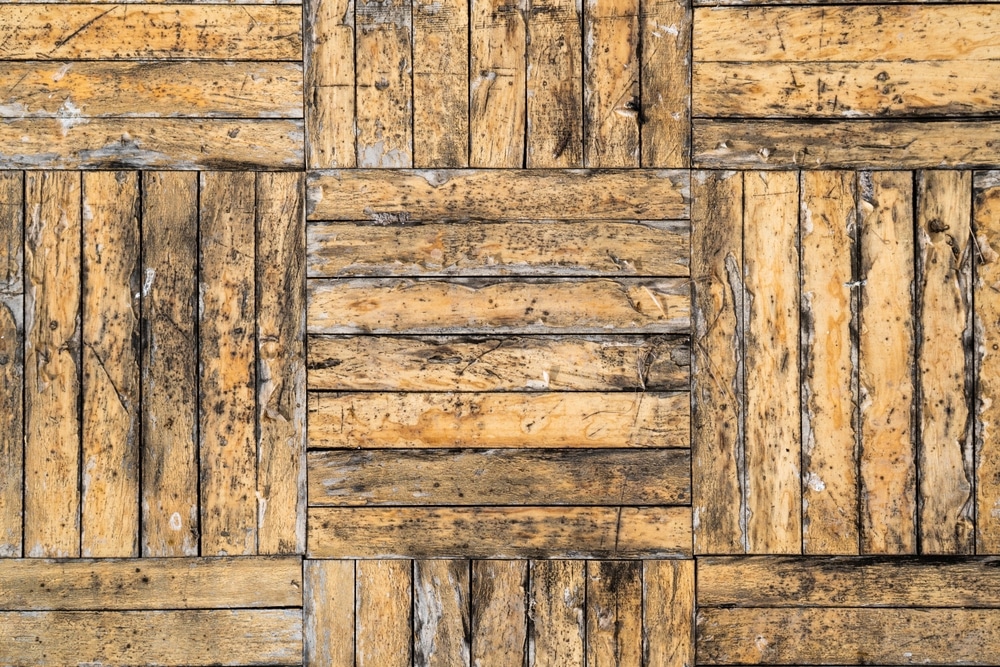
Before diving into how to clean mold off wood, it’s crucial to identify the type of mold you’re dealing with. Not all molds are created equal, and some can be more harmful than others. Black mold, for example, is particularly dangerous due to its potential to cause serious health issues. Recognizing the mold stains on your wood surfaces can help you determine the appropriate mold remover for wood and ensure you’re taking the necessary precautions to protect yourself and your home.
Before starting the mold removal process, it’s essential to assess the extent of the problem.
Light Mold Growth
If the mold is limited to a small area and hasn’t deeply penetrated the wood, it can usually be removed with simple cleaning methods.
Heavy Mold Growth
If the mold has spread over a large area or penetrated deeply into the wood, more intensive treatment can be necessary.
Step 1: Gather Your Supplies
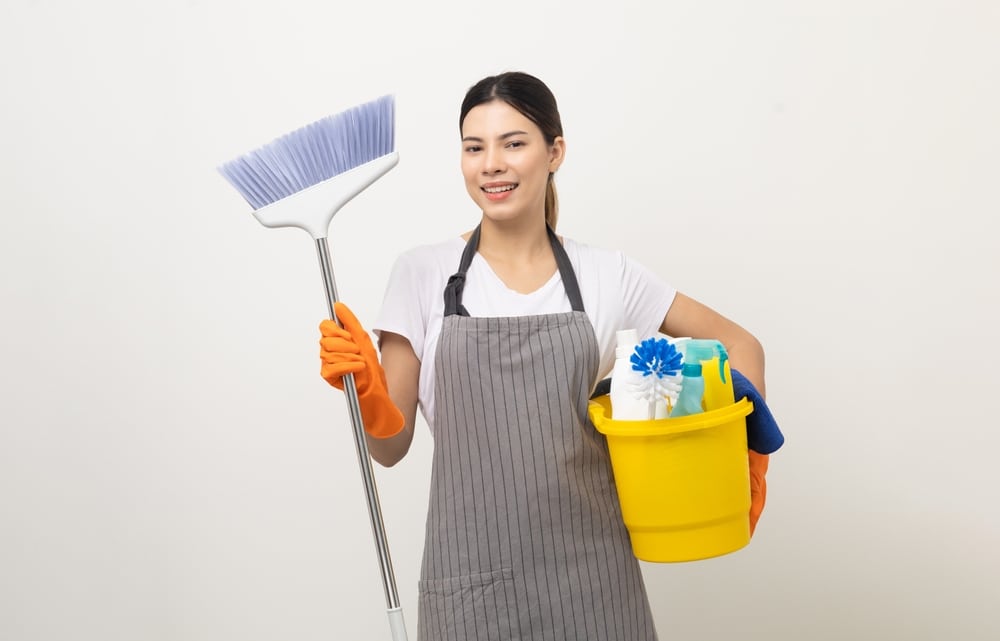
To effectively remove mold from wood, you’ll need the right supplies. Here’s a list of essentials:
- Mold remover for wood: Choose a product specifically designed to kill mold on wood surfaces.
- Spray bottle: For applying cleaning solutions to the affected area.
- Soft-bristled brush: Gentle enough to clean the wood without damaging it.
- Plastic bag: For disposing of contaminated materials.
- HEPA filter: To capture mold spores and prevent them from spreading.
- Warm water: Mixed with cleaning solutions for effective mold removal.
- Cleaning solutions: Such as vinegar, hydrogen peroxide, or commercial mold removers.
- Protective gear: Gloves, masks, and goggles to protect yourself from exposure.
Step 2: Prepare the Affected Area
Before you start the mold removal process, it’s important to prepare the affected area properly. If possible, move the furniture outside to prevent the mold spores from spreading indoors. If this isn’t feasible, ensure the room is well-ventilated by opening windows and doors. Place a plastic bag or tarp under the furniture to catch any debris, and seal off the area with plastic sheets to prevent cross-contamination.
Step 3: Apply Cleaning Solutions
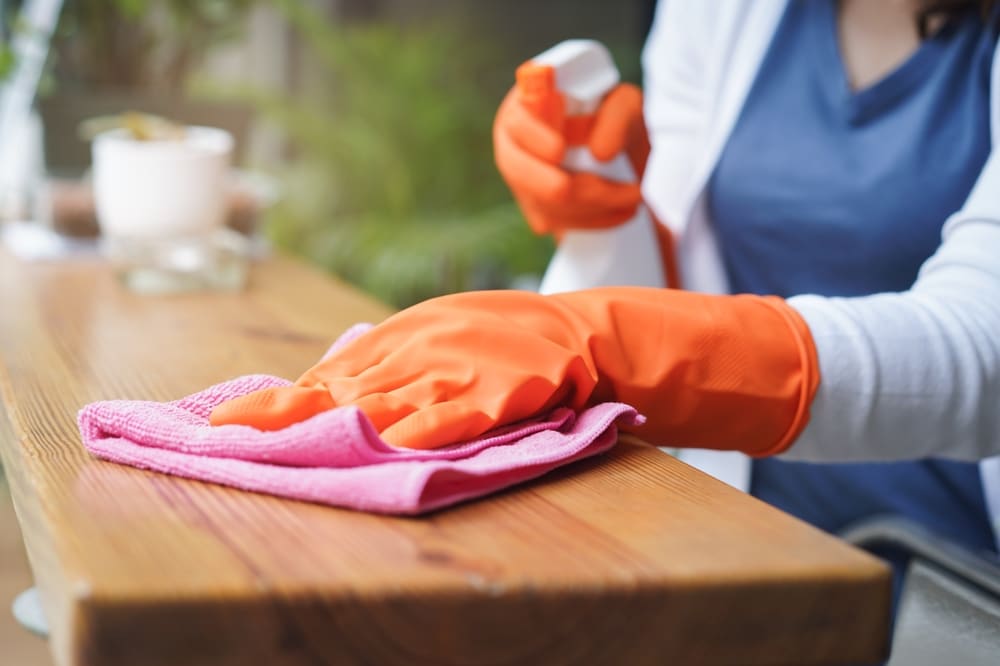
Once the area is prepped, it’s time to apply the cleaning solutions. Fill a spray bottle with your chosen solution, whether it be vinegar, hydrogen peroxide, or a commercial mold remover for wood. Lightly spray the affected area, making sure to cover all visible mold stains. Be careful not to oversaturate the wood, as excessive moisture can lead to further mold growth.
Step 4: Scrub with a Soft Bristled Brush
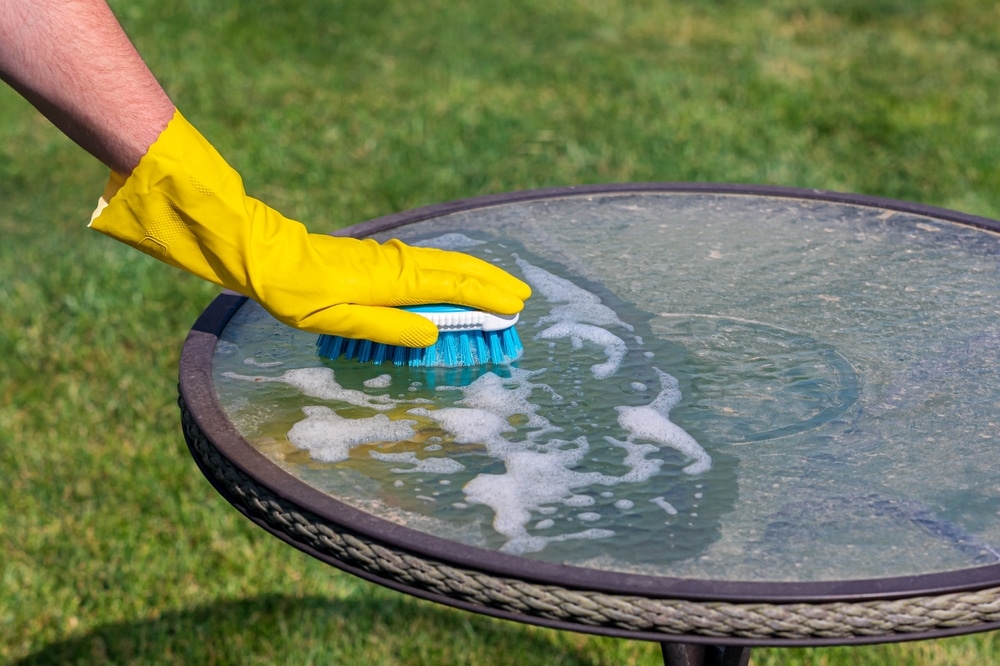
After applying the cleaning solution, use a soft-bristled brush to gently scrub the mold stains. Work in small sections, applying even pressure to avoid damaging the wood. The goal is to clean mold from the surface without causing further harm. Take your time and be thorough, as leftover mold can quickly regrow if not fully removed.
Step 5: Rinse and Air Dry
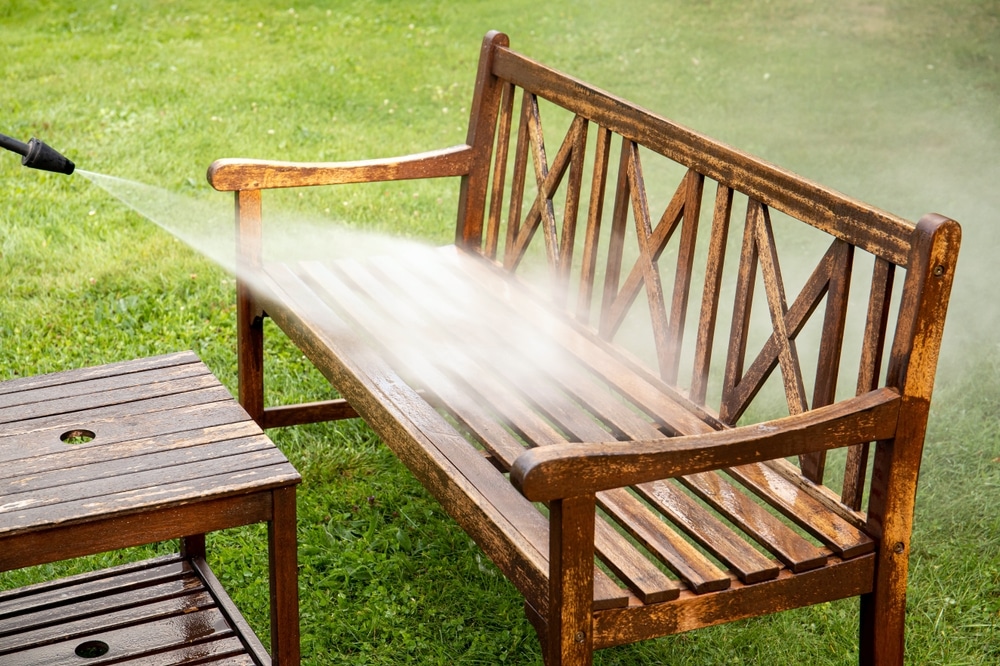
Once you’ve scrubbed away the mold stains, it’s important to rinse the area with warm water to remove any remaining cleaning solutions. Use a clean cloth or sponge to wipe down the wood, ensuring all traces of mold and cleaner are gone. After rinsing, allow the furniture to air dry completely. This step is crucial, as lingering moisture can lead to additional mold growth.
Step 6: Dispose of Contaminated Materials
After you’ve finished cleaning, carefully dispose of any contaminated materials, including brushes, rags, and the plastic bag used to catch debris. Seal these items in a plastic bag before discarding them to prevent mold spores from spreading. If you’ve used a HEPA filter vacuum, make sure to empty and clean the filter according to the manufacturer’s instructions.
Step 7: Prevent Future Mold Growth
Now that you’ve successfully removed mold from wood, it’s important to take steps to prevent future mold growth. Here are a few tips:
Air Dry
Always ensure that wood furniture is completely dry before placing it in a room. Moisture is the primary catalyst for mold growth.
Control humidity
Keep indoor humidity levels below 60% to reduce the chances of mold spores taking hold.
Control Humidity
Use dehumidifiers in areas prone to moisture. Aim for indoor humidity levels between 30% and 50%.
Improve Ventilation
Ensure that rooms with wood furniture have good airflow, especially in humid climates.
Regularly Clean Your Furniture
Dust and clean your furniture regularly to prevent mold spores from settling and growing.
Use Mold-Resistant Products
Consider using mold-resistant sprays on wood furniture, especially in areas with high humidity.
Safety Precautions: Protecting Yourself and Your Home
Dealing with mold removal requires careful attention to safety. Mold spores can become airborne during the cleaning process, posing a risk to your health. To protect yourself:
- Wear gloves, a mask, and goggles to prevent direct contact with the mold and cleaning solutions.
- Use a HEPA filter vacuum to capture airborne mold spores and prevent them from spreading.
- Avoid using bleach: While bleach can be effective on non-porous surfaces, it can damage wood and cannot fully kill mold on wood surfaces.
- Ventilate the area: Ensure proper ventilation throughout the process to minimize the risk of inhaling mold spores.
When to Call in Mold Remediators
In some cases, to remove mold from wood furniture can be beyond your capabilities. If the mold growth is extensive or if you’re dealing with particularly dangerous black mold, it can be best to call in professional mold remediators. These experts have the tools and experience to safely and effectively remove mold from wood surfaces without causing further harm to your home or health.
Conclusion
Successfully removing mold from wood furniture is crucial for maintaining both the appearance and safety of your home. By following the step-by-step guide, you can effectively remove mold from wood furniture and take preventive measures to avoid future growth. Remember to gather the appropriate supplies, prepare the area, and apply the cleaning solutions carefully. Additionally, maintaining proper humidity levels and ensuring good ventilation are key to keeping your furniture mold-free. If the mold problem is extensive or involves dangerous black mold, seeking professional assistance is recommended. With diligence and the right approach, your wood furniture can remain a beautiful and healthy part of your living space.

